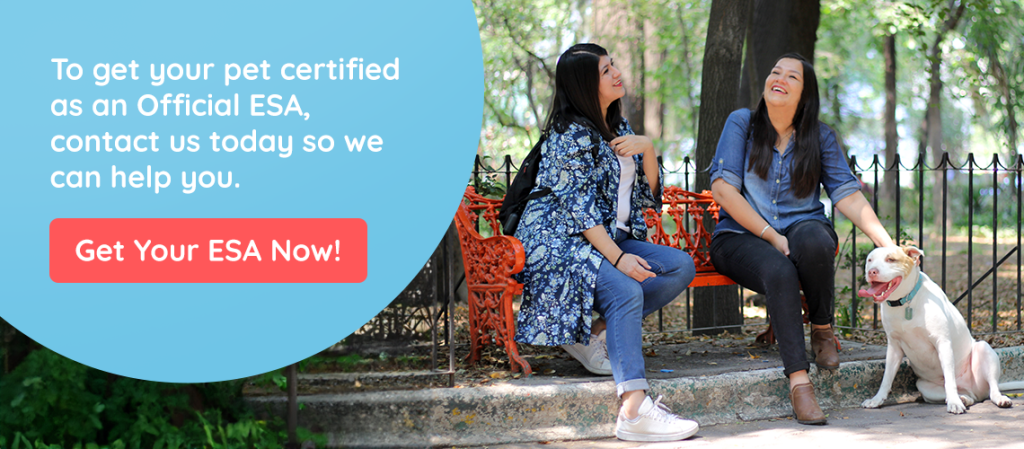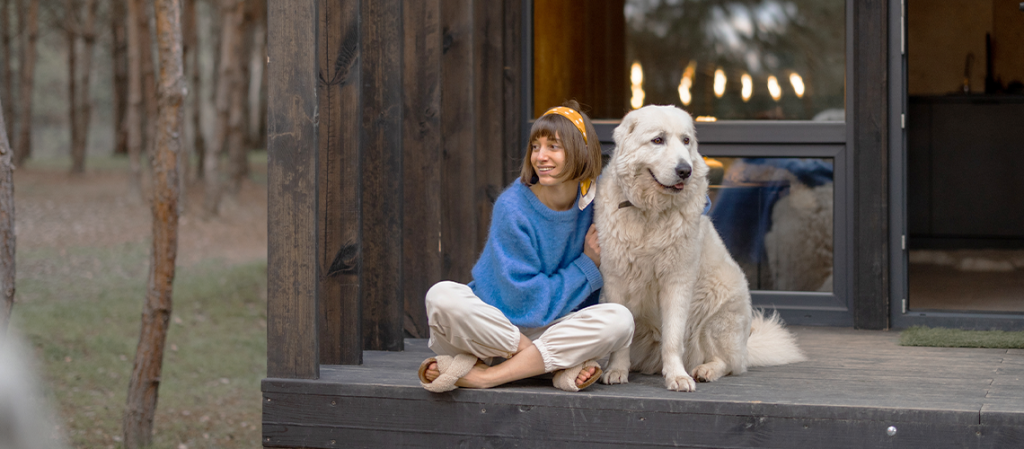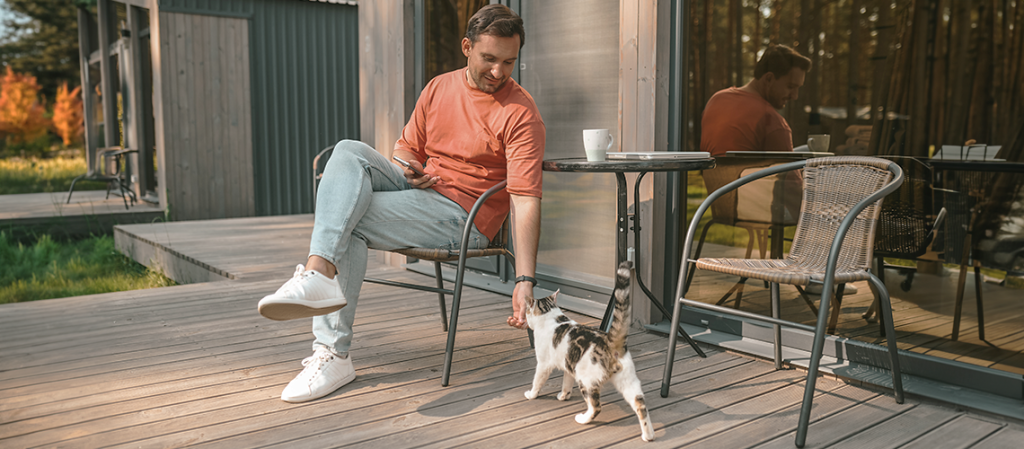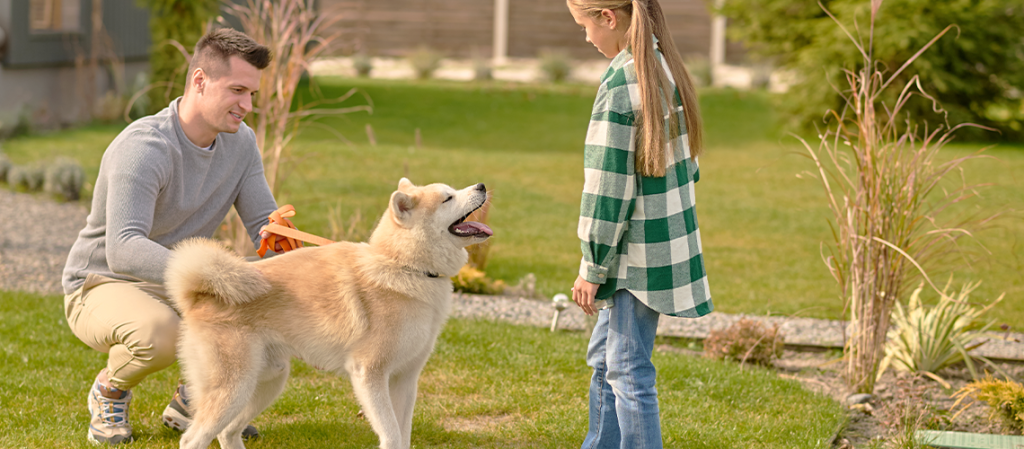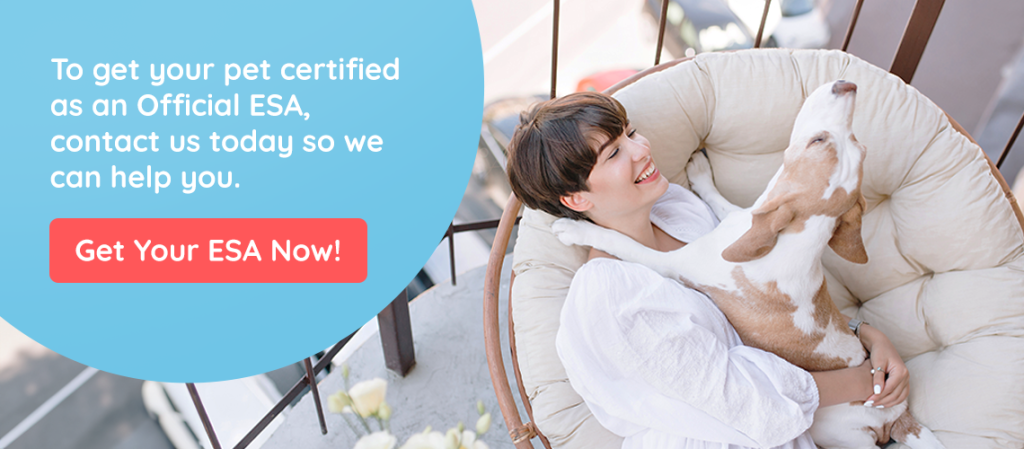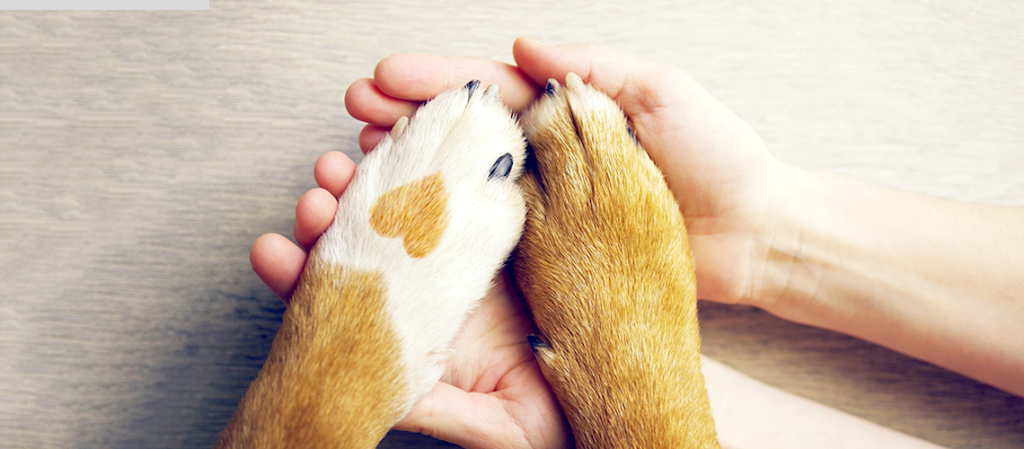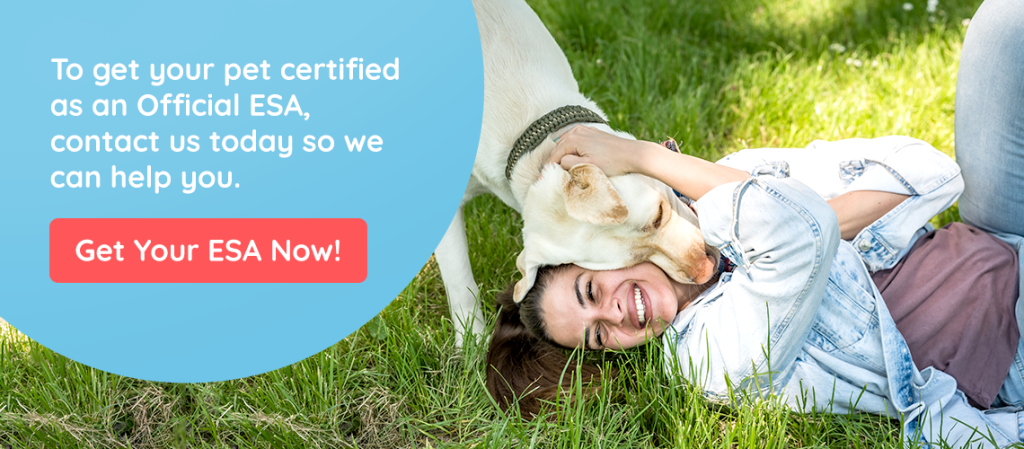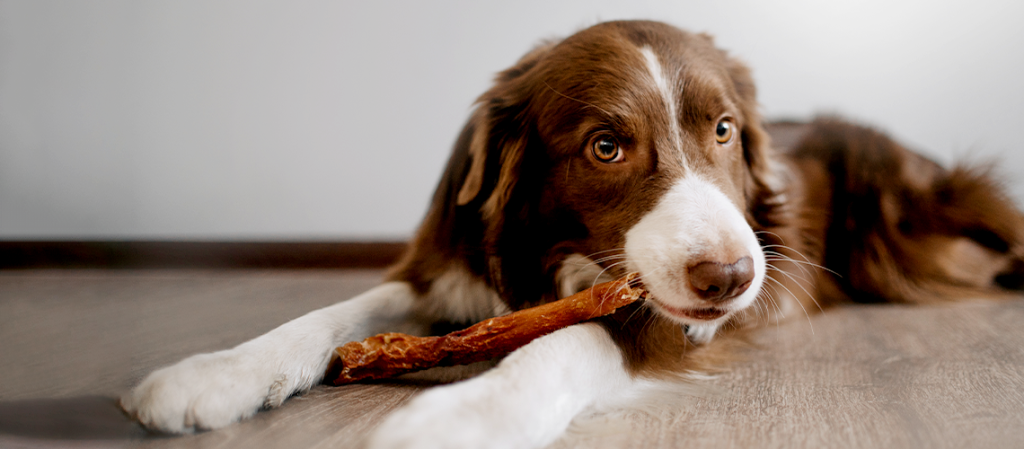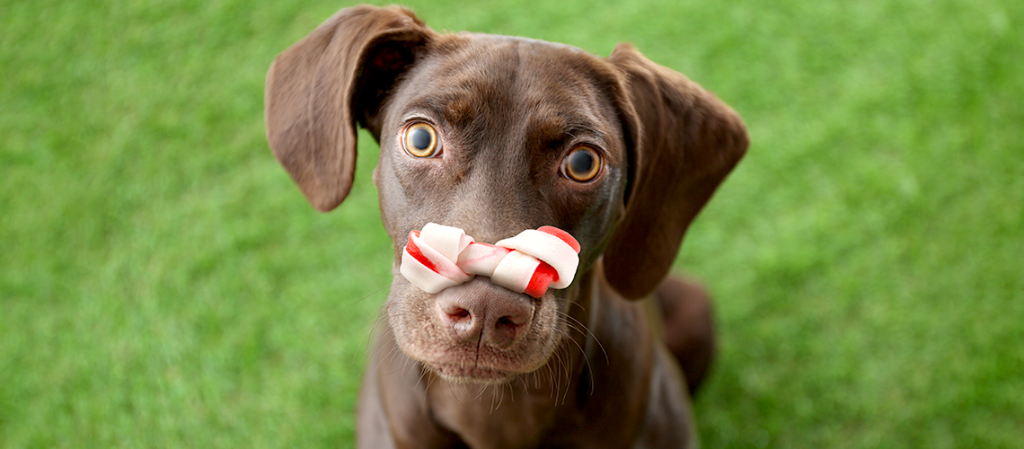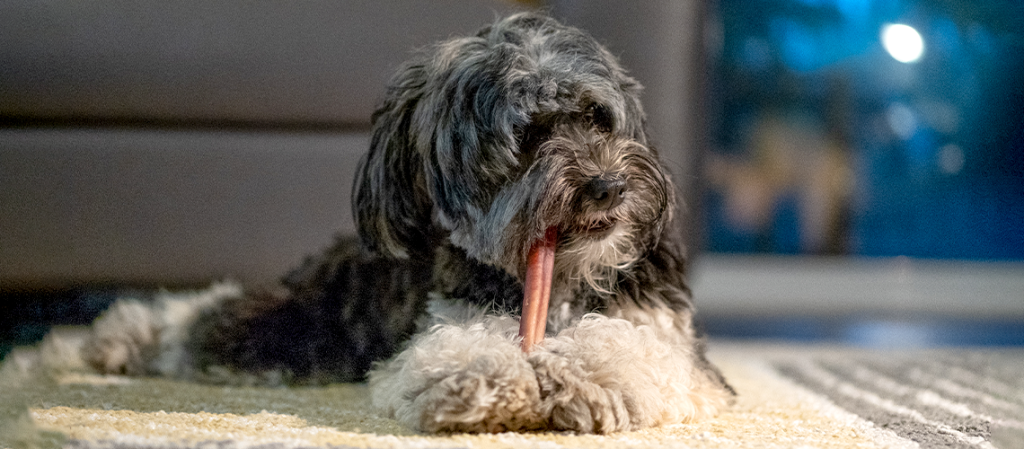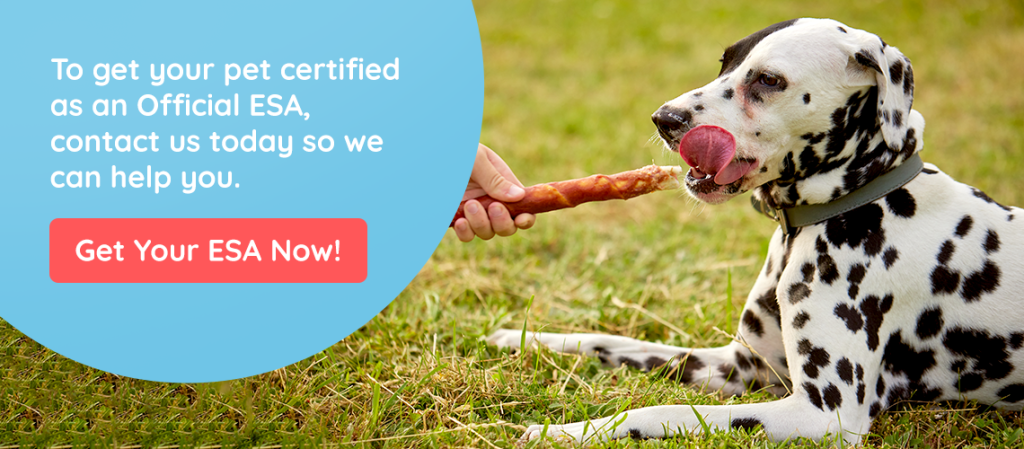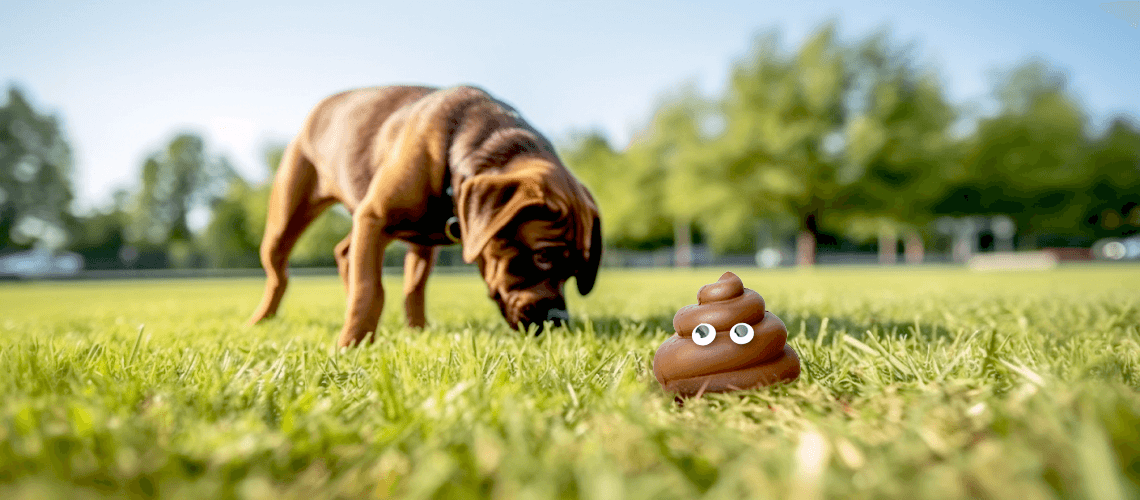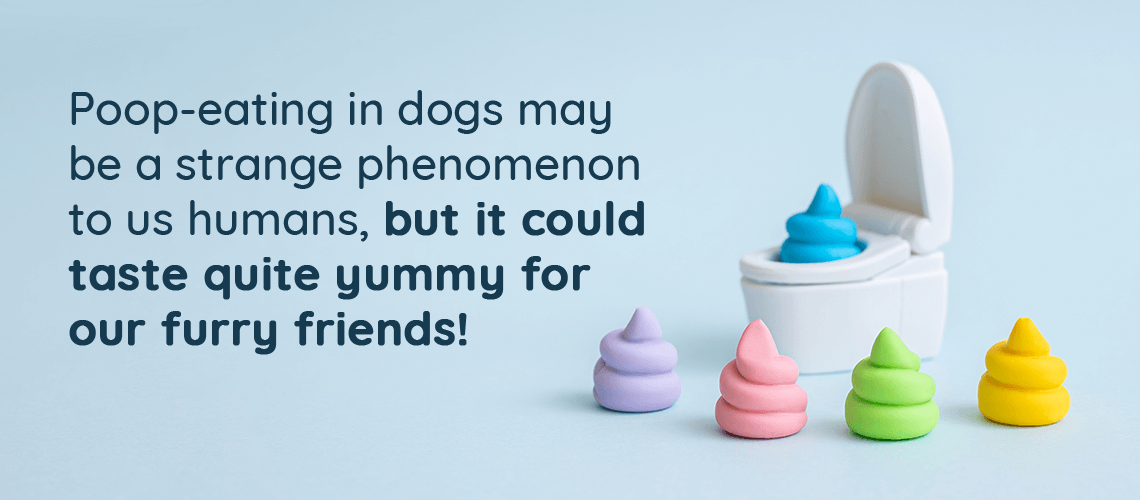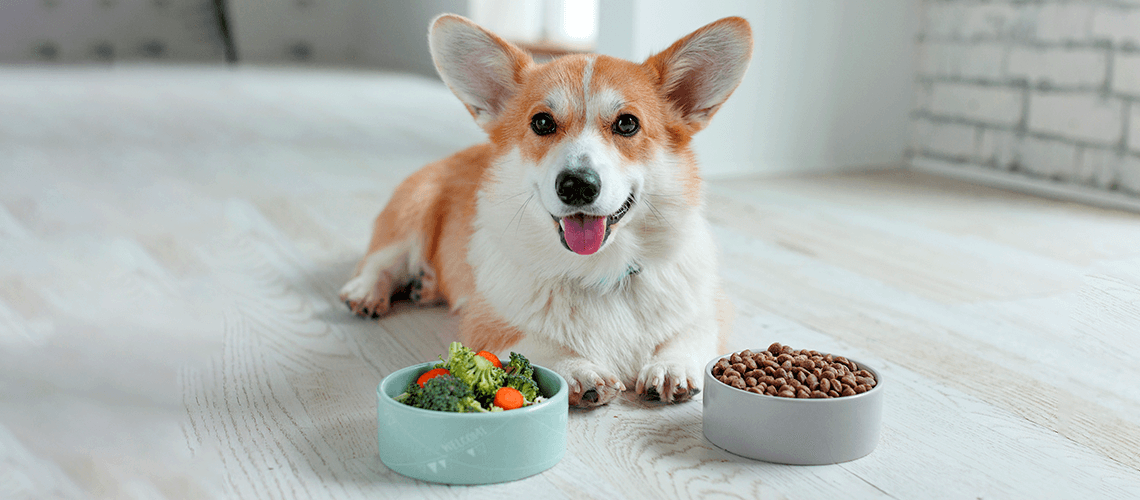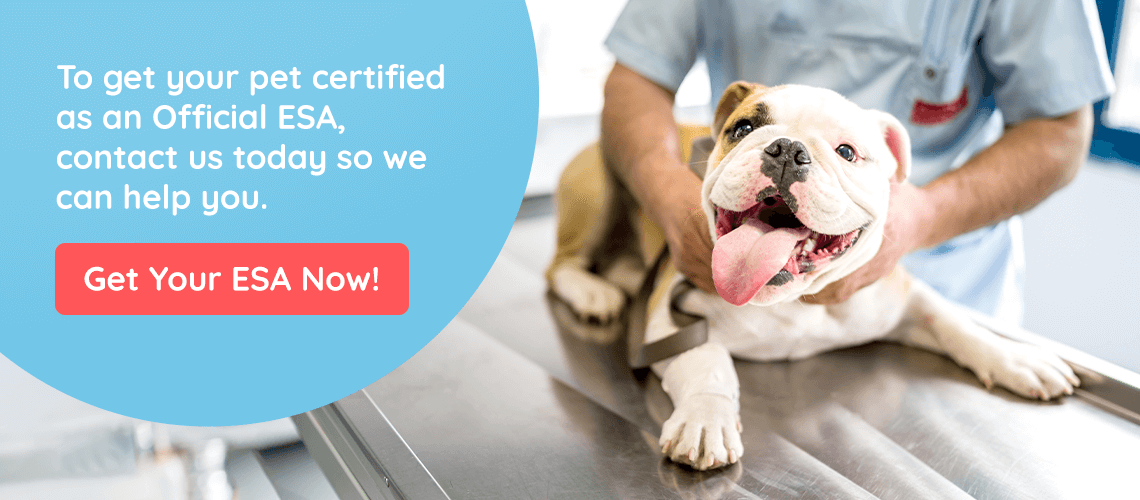Confessions of an ESA Owner: Navigating the Furry Waters
Hey there, fellow pet lover! If you’re reading this, chances are you’ve got a special furry friend in your life who’s more than just a pet—they’re your Emotional Support Animal (ESA). And we all know that life with an ESA is a little different than just having a pet. It’s an adventurous ride filled with tons of love, some puzzled looks, and yes, even those occasional questions.
The ESA Lowdown: Answering the Frequently Asked and the Just Plain Curious
1. What’s the Deal with ESAs, Anyway?
First up, let’s break down the ESA universe. Think of your ESA as that incredible friend who’s always got your back. They’re not here to fetch the paper (though that would be cool) or guide you through traffic. Nope, their superpower is sensing when your heart’s a little heavier than usual and being right there with you. They work like magic to keep us happy and anxiety free while were home and even while out and about…
2. Why Bella Isn’t Just a Dog (Or Why Mr. Whiskers Isn’t Just a Cat)
You’ve got an ESA because, like many of us, sometimes the world’s loud, stressful, and overwhelming. That’s where your buddy steps in. Their warm nuzzles or gentle purrs (or happy wiggles) can be the best kind of therapy after a rough day.
3. Got Questions? Whip Out That Paperwork!
Okay, so sometimes the world asks questions. And while a wagging tail or a little meow is a great answer, occasionally you might need something a bit more… official. Having your ESA documentation can smooth over those moments, helping others understand just how special your furry buddy truly is.
4. Stay Cool, Stay Kind, Stay Confident
Everyone’s got an opinion, but remember this: you know the difference your ESA makes in your life. So, when faced with questions or doubts, channel your inner Zen master, keep things polite, and stand your ground with grace and confidence.
5. Rights? You Bet You’ve Got Them!
Think of an ESA like that super comfy old sweater – it’s there to give a warm hug when you’re feeling a bit down. Sure, we all adore our pets, but ESAs have this special role to play, especially for those with emotional ups and downs.

Remember, ESA’s differ significantly from service animals and are recognized under specific legal provisions.
If you’re hoping to bring your ESA to places like shops, cafes, and malls, an Official ESA letter from Support Pets and identifiable gear can make a significant difference.
An ESA letter is an official document from a licensed mental health professional. It states your need for the animal due to a specific emotional or mental health condition. This letter can be a game-changer when explaining the importance of your animal companion to staff or management.
Equally helpful is having your ESA wear identifiable gear. Our Official ESA vests come with badges that label your pet as an ESA, This can seriously help reduce misunderstandings. While these aren’t legally required, they act as a visual cue for others, showing that your pet is not just a regular pet but serves a therapeutic purpose.
Remember: not all places are required to allow ESAs. However, displaying these can increase the likelihood of your pet being welcomed. Always check in advance and be respectful of individual policies!
🧃Now, here’s the juicy bit:
If you’ve got an ESA, they get some HUGE perks when it comes to housing! 🏡 The rules say they CAN move in with you, even if your place usually says “no” to pets. PLUS, you wont be paying any pet fees or extra costs for having your fur buddy around How cool is that?
In a Nutshell: Embrace Your ESA Life (Quirks and All)
We’ve all been there—a raised eyebrow, a curious question, or even a challenging moment. But amidst it all, remember the pure joy and unparalleled support your ESA brings into your life. They’re not just pets; they’re life-changers.Here’s to every ESA and their proud parent—living their best, authentic life together!



